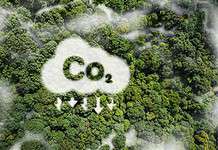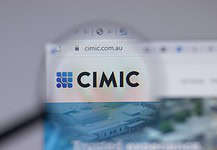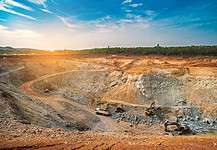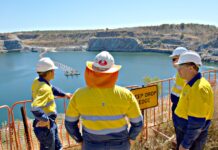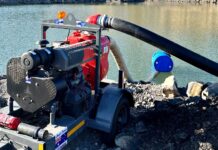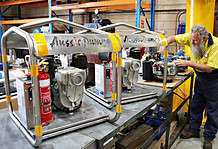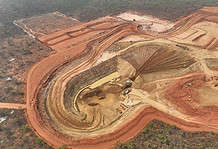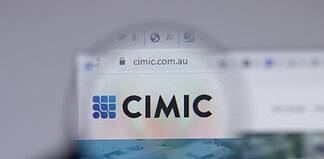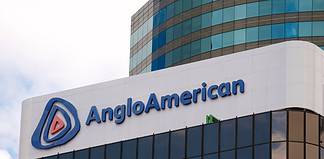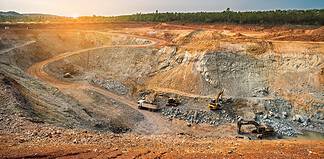As the worldwide movement towards a zero-emission global economy gathers momentum, hydrogen is increasingly being thrust into the limelight as the new pathway to decarbonisation.
On May 5, the Australian Government allocated more than $100m to three ‘green’ hydrogen pilot projects as it aims to position the nation as a clean hydrogen-producing powerhouse by 2030.
This followed the release of its Technology Investment Roadmap, which singled out hydrogen as one of five priority technologies to accelerate development and commercialisation of low emission technologies.
The private sector is also ploughing money into research and development to improve the economic viability and scalability of the ‘fuel of the future’ with several world-first projects happening around Australia.
The Australian Mining Review spoke to Hexagon Energy Materials Chairman Charles Whitfield about the positive outlook for Australia’s hydrogen industry and why he believes both ‘blue’ and ‘green’ hydrogen can be ‘clean’.
Mr Whitfield said the resources market had become familiar with the demand for clean energy sources as economies look for ways to reduce greenhouse emissions.
The focus had largely been around the electrification of energy, particularly relating to cars.
This has created new markets for battery materials like lithium, graphite and cobalt as well as elements used in electric motors and generators like some of the super magnetic rare earths.
‘’What economies like Japan, Korea and the EU have found…is that hydrogen has a lot wider applications than battery electrics, not only for light road transport but for other CO2 emitting industries like steel, fertilisers and industrial chemicals,’’ he said.
‘’Due to the large number of applications for hydrogen across so many sectors, the growth projections for the industry are huge, but if hydrogen is such an obvious choice, why is it only now being looked at?’’
Mr Whitfield explains the hydrogen industry has always used fossil fuel hydrocarbons, such as oil, gas and coal, as feedstock for the production of so-called ‘grey’ or ‘brown’ hydrogen.
Currently about 96% of hydrogen is produced this way.
The remaining 4% uses a process called electrolysis, which splits hydrogen from water, but of this only 1% uses renewable energy.
This is known as ‘green’ hydrogen because no greenhouse gases are admitted.
‘’The reason why the industry is this way is the cost of green electrolysis is several times the cost of traditional methods and the volumes that are produced are too small to meet current needs,’’ Mr Whitfield said.
‘’In order to kickstart the widespread adoption of hydrogen, there needs to be cheap and plentiful hydrogen to induce customers to switch from their current energy source.
‘’While everyone is hoping the future brings new technology discoveries to make electrolysis more efficient, scalable and cheaper aspiring hydrogen economies are turning to other zero emission ways of producing large volumes of cheap hydrogen.’’
Enter ‘blue’ hydrogen, which still uses fossil sources to create hydrogen, but the carbon emissions are captured and re-used, or stored deep underground, including within exhausted gas and oil wells.
‘’The critical thing in planning a blue hydrogen project is to have a nearby CO2 reservoir or sink to sequester the CO2,’’ Mr Whitfield said.
‘’Luckily, Australia has two enormous onshore sequestration opportunities in the Cooper and Amadeus basins.
‘’Energy companies like Santos and Central Petroleum are looking at rapid development of these fields for CO2 disposal, and Hexagon Energy is planning to produce hydrogen in the nearby Pedirka basin and take advantage of the close proximity of CO2 storage.’’
On May 3, Hexagon Energy Materials announced it had enough funding to advance the Pedirka Blue hydrogen project in the Northern Territory after completing a $6.2m placement.
The plan is to convert the underground coal resource to hydrogen for export and domestic markets.
With its proximity to existing oil and gas infrastructure offering advantages for large scale hydrogen production, the company will use a zero-carbon emissions steam reformation process to produce clean hydrogen.
Carbon dioxide emissions will be captured and sequestered underground or used for enhanced oil recovery projects.
‘’While not a red herring, green hydrogen is too far away from the price and volumes required by the industry to get the necessary switch to hydrogen that is required to meet emission targets,’’ Mr Whitfield said.
‘’Many industry insiders and governments see blue is the immediately available solution to cut emissions and drive adoption in the path to the hydrogen economy – the mantra is not if it’s green but if it’s clean.
‘’Reports by the EU and Japanese governments see blue hydrogen being the fastest way to tackle emissions and make up around 50% of hydrogen production out as far as 2050 and the Australian government sees blue hydrogen as a cornerstone of the hydrogen roadmap.’’
The Australian Renewable Energy Agency (ARENA) has conditionally approved expenditure of $103.3m towards three commercial-scale ‘green’ hydrogen projects.
- Engie Renewables will get up to $42.5m towards a 10MW electrolyser project to produce renewable hydrogen in a consortium with Yara Pilbara Fertilisers at the existing ammonia facility in Karratha, WA.
- ATCO Australia will receive up to $28.7m towards a 10MW electrolyser for gas blending at ATCO’s Clean Energy Innovation Park in Warradarge, also in WA.
- Australian Gas Networks Limited will get up to $32.1m for a 10MW electrolyser for gas blending at AGIG’s Murray Valley Hydrogen Park in Wodonga, Victoria.
Meanwhile, operations have commenced at the Victorian sites of the Hydrogen Energy Supply Chain (HESC) pilot project—a world-first integrated supply chain that will use Latrobe Valley coal to produce hydrogen for shipment to Japan.
The commencement of the Australian arm of operations is a significant leap forward for the country’s ambition to be a key player in the emerging global hydrogen economy, and the project will also harness carbon capture and storage.
GHD has won a contract from Santos to carry out a concept study to create blue hydrogen from natural gas by capturing and storing carbon emissions in the Cooper Basin.


